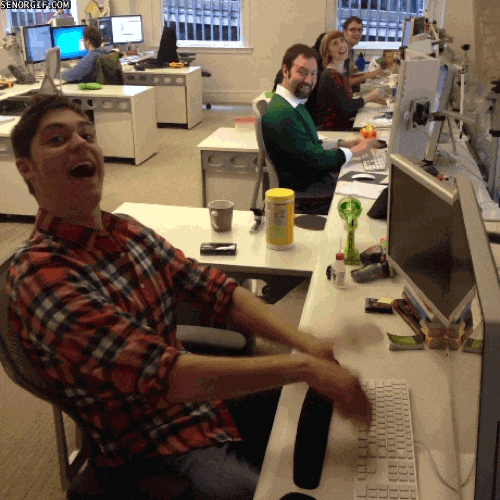Imagine working only four days a week instead of 5!
Drawing from Tim Ferriss’ essence of effort versus outcome, this article proposes a less drastic recommendation. However, the core remains the same;
-
We all need to ditch the idea of the more hours we work, the more productive we are.
-
Instead, the future is about working less while increasing productivity.
Productivity does not solely rely on the number of hours invested, but more so on the well-being and overall health of employees. The idea of a shorter workweek may be the answer to combat the increase in work-related stress, depression, and anxiety.
So, how do you get most done in a 4-day work week?
The re-adjustment of having one day less requires an increased effort – however, it is definitely possible. According to Ferriss, you need to focus on the activities bringing most profit and eliminate unnecessary work.
After reading this, you’ll know;
-
How to produce 80 % outcome with 20 % effort (Pareto Principle).
-
To motivate you even further; I promise you are able to produce more in 4 days than you ever did in 5!
100 % outcome with 80 % effort – myth or reality?
Ever felt like your task-solving is similar to running a marathon in the sand? Impossible and exhausting. I am not pulling your leg - but by focusing your effort, you can get much more done. I will let you in on the secret of how.
First of all, you need to ditch the idea that you need a specific amount of time to complete your tasks. It’s all about economizing your time and resources.
It’s back to basics – competitive advantage. You are highly demanded because you have specific skills the company needs. So why do you embark on tasks that cannot be done effectively and fast, but only slow you down?
Identify upfront what’s holding you back in getting the job done and outsource the unnecessary tasks. I’m not talking about passing on unnecessary work to your colleagues - but automating tasks that are manual and eating up all your productive time.
20 % of your inefficiencies are responsible for 80 % of your losses
“Doing something unimportant well - does not make it important” - Tim Ferriss. You need to eliminate tasks decreasing your productivity.
Doing your job demands different kinds of indirect tasks that are not value-adding yet needed to get the job done. Indifferent tasks need to be automated and become non-disturbing factors in your work life.
Your company is filled with specialists, and often you need to pick their brains for your assignments. However, the task of getting everyone together is often more time-consuming than the actual meeting – the meeting where the knowledge-sharing-magic is happening.
Indifferent task identification #1
Arranging a meeting shouldn’t take more than 5 minutes, as it’s the content of the meeting that is the source of value – not the scheduling.
With one click, you should be able to see everyone’s availability and book a meeting room. Did I say 5 minutes? It should be done in just 1 minute!
Do you familiarize with this scenario?
Indifferent task identification #2
The battle for an available meeting room is time-consuming of a different nature. Often, getting an available meeting room can demand weeks for planning ahead.
Also, once you’ve got one, how on earth do you locate it? And once you arrive, someone’s having a meeting in that particular meeting room. So, you’re forced into that awkward situation of having to interrupt their meeting.
You don’t need warrior skills to host a meeting, read below the solution to eliminate and automate your indifferent tasks.
How to achieve more by doing less
Ready, set, go! Just kidding!
Adjusting to a new way of working takes time and demands you to change your mind-set. My suggestion is to use the three-principle rule;
Identification, elimination, and automation.
Identify indifferent tasks and eliminate these with automation. Arranging meetings is all about the outcome – knowledge-sharing - so here’s my recommendation on how to apply the three-principle rule:
Step 1 – Automate your meeting planning using one tool ensuring;
-
Overview of everyone’s availability,
-
You have an available meeting room for everyone,
-
And if you need catering or additional equipment, you can order it directly.
Step 2 – Automate meeting room bookings;
-
According to your meeting planning, the perfect meeting room match is proposed,
-
On different floors, you are directed in the direction of your meeting room
-
Outside each room, a display is visualizing the meeting activity going on or coming up
-
You confirm your attendance on-screen and can begin your meeting uninterrupted
